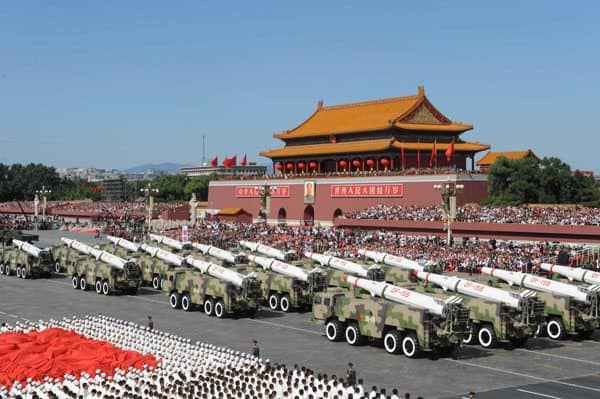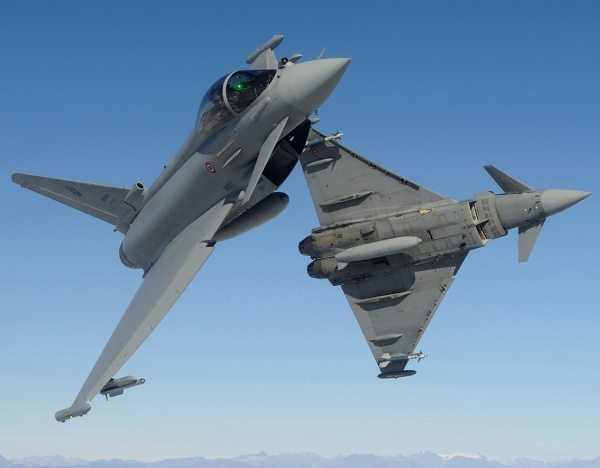An annual report released by the Pentagon on Chinese military and security development on Thursday, which mainly focuses on China’s defense spending increase, continued to overlook China’s peaceful defense policy. The 96-page report, thicker than last year’s, even targeted Chinese army’s reconnaissance satellites and use of low-observable technology.
The report is far from factual, as described by the Pentagon, as it contains incorrect ‘facts,’ inaccurate descriptions and ill-intended accusations concerning China’s intentions of military modernization and the size of its defense spending, as well as its peaceful defense policy on regional issues.
It adopts a biased stance on China’s legitimate military modernization drive, which is to satisfy its needs to protect its borders and carry out more peace missions as required by the international community, due to the increase in China’s economic strengthening and international status.
The report said as China’s interests, capabilities, and international influence have grown, its military modernization program has also become increasingly focused on military investments for a range of missions beyond China’s coast, including sea lane security, counter-piracy, peacekeeping, humanitarian assistance and disaster relief.
China continued more than two decades of sustained annual defense spending increases with aims to improve the country’s capabilities, such as advanced intermediate- and medium-range conventional ballistic missiles, anti-ship cruise missiles, counter-space weapons and offensive cyber capabilities, it said.
The Pentagon also expressed its doubts about the transparency of China’s defense spending.
However, the report apparently ignored the fact that China has publicized its annual defense budget since 1978, and it is included in the government’s budget report to the National People’s Congress every year. Furthermore, since 1995, China has been releasing the complete data on defense spending in its annual White Paper on China’s National Defense.
Meanwhile, China is the largest personnel contributor to UN peace-keeping missions among the five permanent members of the UN Security Council.
It also regularly sends naval task forces to conduct escort missions in the Gulf of Aden and off the coast of Somalia. By moderately raising its defense budget and enhancing its military capabilities, China is also capable of making more contributions to world peace.
According to a report by London’s International Institute for Strategic Studies, the United States remained the world’s biggest defense spender in 2013, with a budget of 600.4 billion U.S. dollars last year. The figure was about five times that of China in 2013.
The Pentagon’s report also interfered with China’s internal affairs by making willful comments on the situation across the Taiwan Straits.
The Pentagon’s move has once again highlighted the U.S.’ lack of credit in dealing with China, which has already been proven by its repeated failures to keep its promises regarding arms sales to Taiwan and high-level meetings with Dalai Lama, and by its continued interference in China’s internal affairs under the guise of protecting human rights.
China, as the world’s second largest economy, is a responsible stakeholder in regional and world affairs. It is, as witnessed by neighboring countries, striving for a peaceful and prosperous Asia to share with others the benefits of its fast growth.
The country’s peaceful rise is pivotal to regional prospects. It will be helpful for regional players to stop provoking and escalating tensions simply because China is a big neighbor.
With its credit at stake, it’s high time for the U.S. government to view in an objective manner China’s military expanding, to further understand China’s peaceful defense policy, and to make joint efforts to safeguard world peace.











